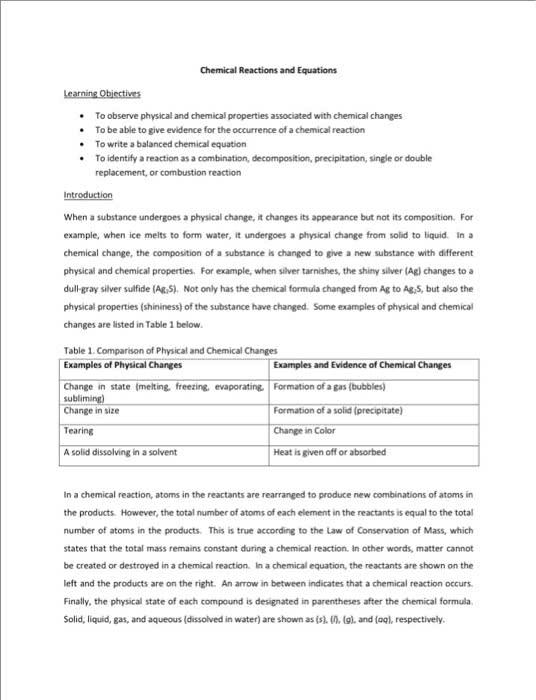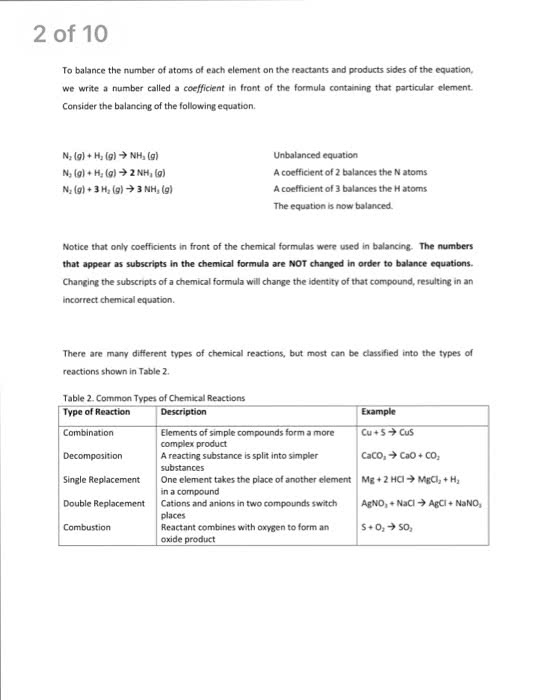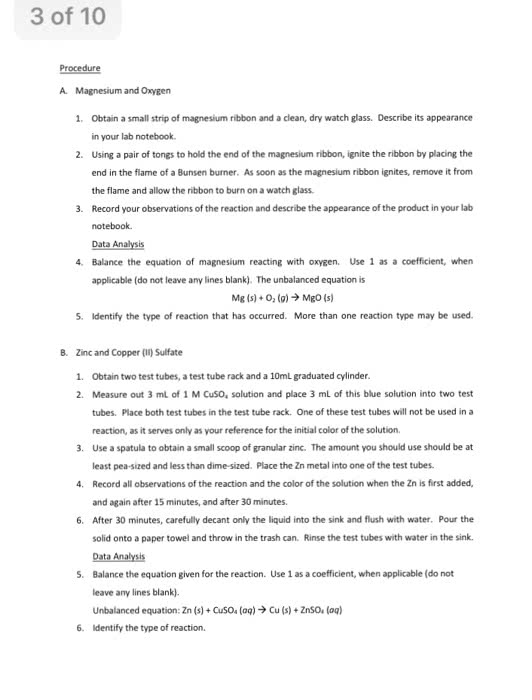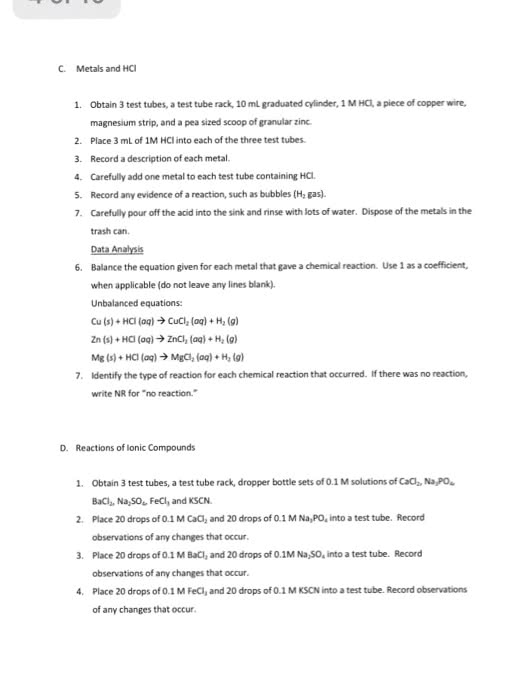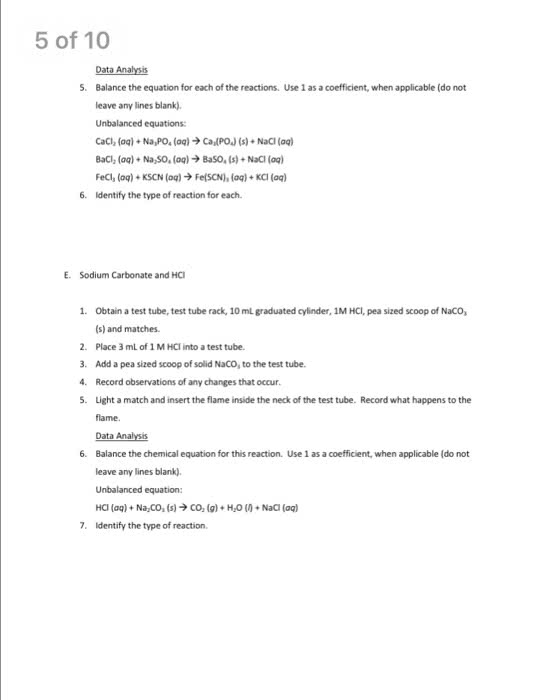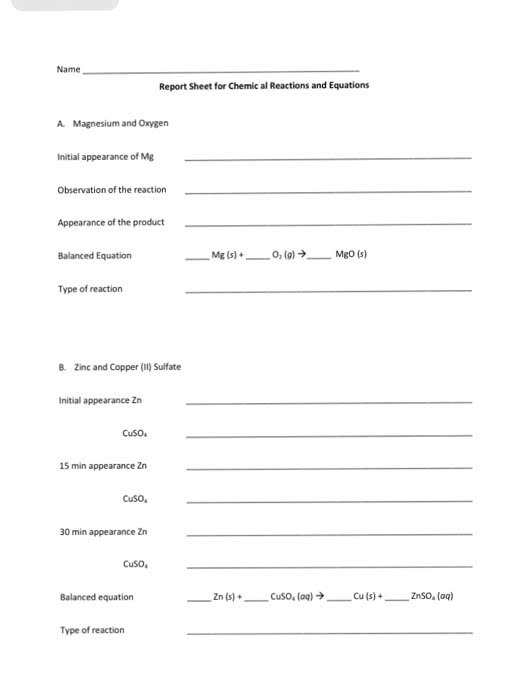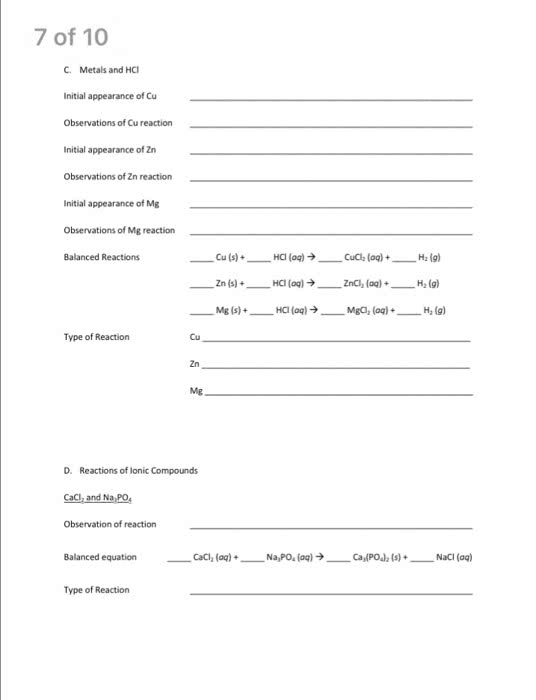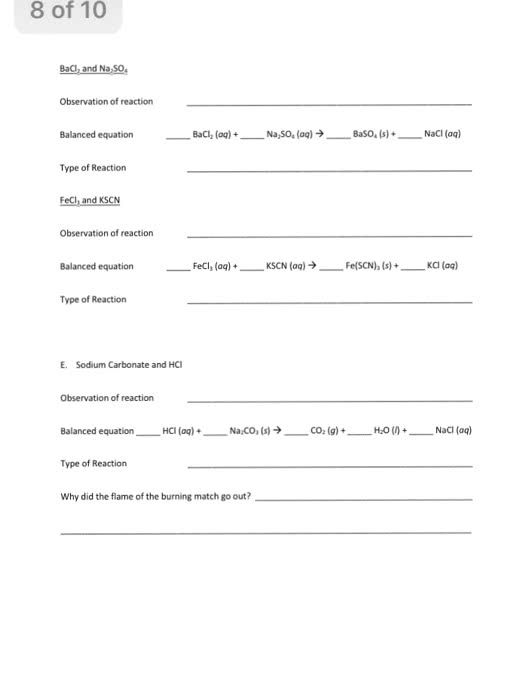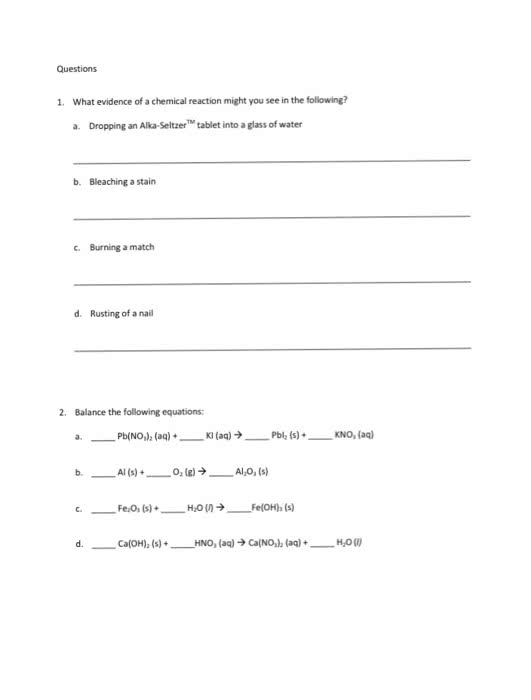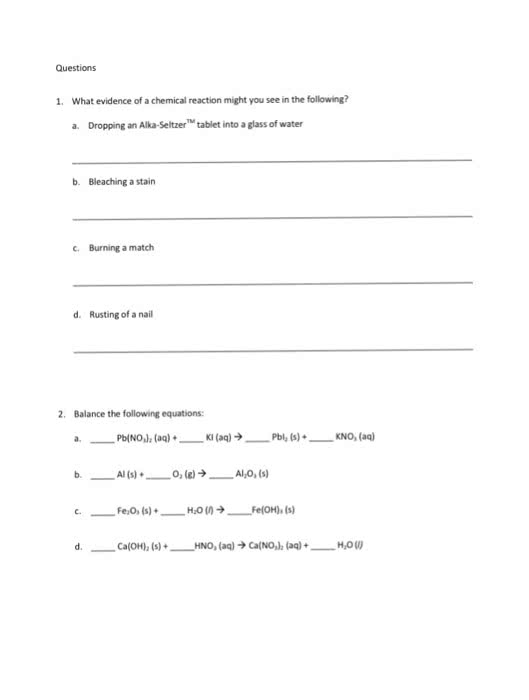CH1001 Lecture Notes - Lecture 3: Chemical Equation, Chemical Formula, Stoichiometry
Document Summary
A chemical reaction is the mixing of two or more species to produce new substances. A chemical equation describes what happens when a chemical reaction occurs. The law of conservation of mass says that atoms cannot be created or destroyed during a chemical reaction. Stoichiometric coefficients are used to balance an equation to meet this condition. It is useful to specify the physical states of the reactants and the products. This is done by writing (s) for solid, (l) for liquid or (g) for gas after the chemical formula. (aq), meaning "aqueous solution" can also be used to indicate that a particular substance is dissolved in water. Defined relative to c-12 as 12. 000amu (or u) The mole: (abbreviated mol) is the si unit amount of substance. A mole of any substance is the atomic mass (or molecular mass) expressed in rams.


